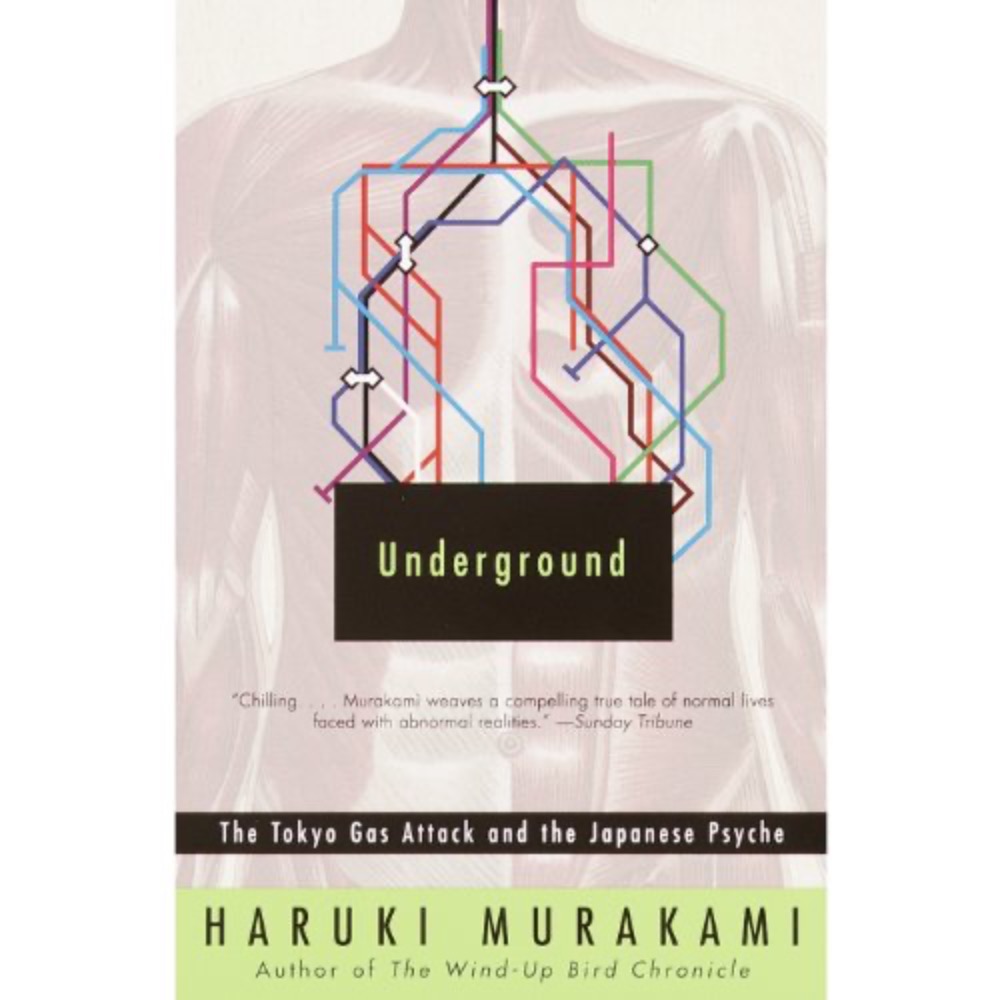Underground

On Monday, March 20, 1995, a cool, clear spring morning, five members of the Aum Shinrikyo religious cult broke open plastic containers of sarin in several cars of the Tokyo Metropolitan Subway. Thirteen people were killed, dozens severely injured, and over 5,000 injured in an attack that shook the Japanese nation.
Perhaps Japan’s best-known novelist, Haruki Murakami was not in Tokyo that day but closely followed the news of the attack, as did people throughout the country and around the world. Angry at the extensive coverage by the Japanese media that focused on the perpetrators of the attack, Murakami felt a desire to draw attention to the victims. In Underground, Murakami, employing the method of oral historians like Studs Terkel, talks to victims of the attack. Only some of those interviews are included in this English version of what was a much longer Japanese original. In the subsequent The Place That Was Promised (included as part of the English edition of Underground), Murakami also spoke to some of the perpetrators.
Working systematically, Murakami was able to track down 140 survivors, only 40% of whom would be interviewed (many simply wanted to forget about the incident, or were fearful of retribution from Aum Shinrikyo members). Most of the profiles take the same shape – a short biographical sketch by Murakami, followed by a description by the person of her/his normal routine, details of what happened that day, any long-term effects they experienced, and occasionally some remarks on why this might have happened, what in Japanese society specifically or humankind generally could have lead to an event like this. Murakami states that he wanted “to recognize that each person on the subway that morning had a face, a life, a family, hopes and fears, contradictions and dilemmas – that that all these factors had a place in the drama.”